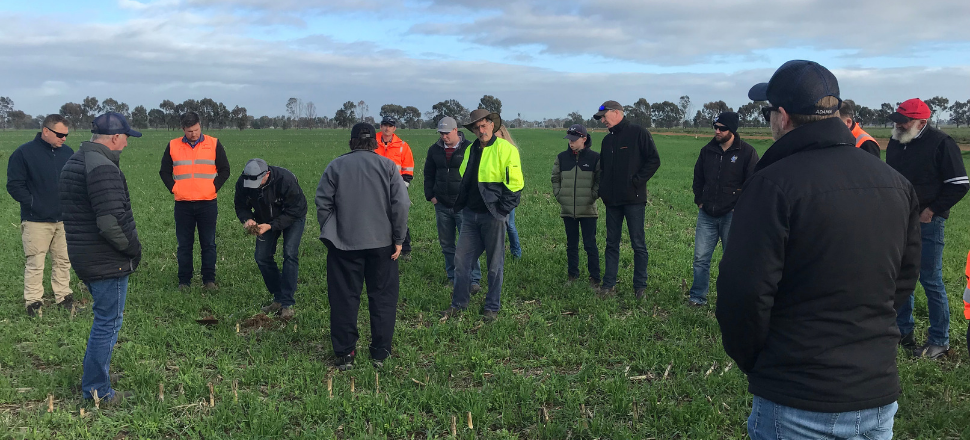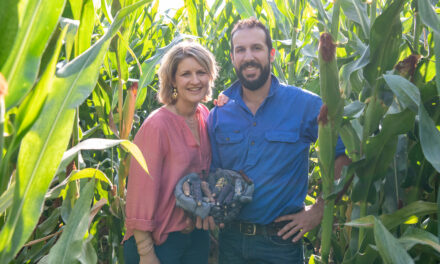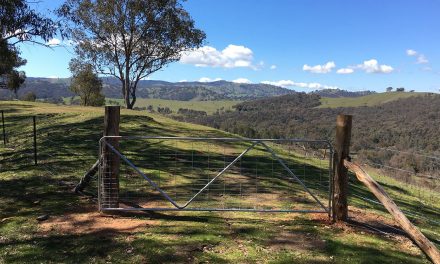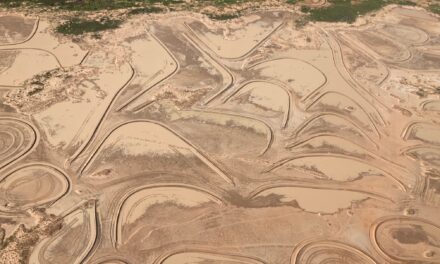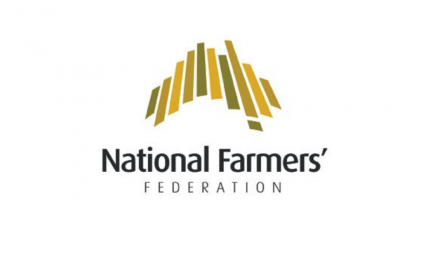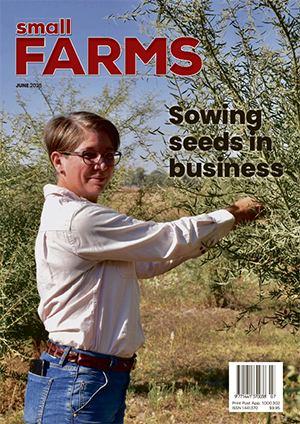Last month, more than 85 growers, agronomists and industry representatives gathered in northern Victoria to learn more about optimising farm management for high yield maize production.
Part of Agriculture Victoria’s Farming and Community Group Drought Funding Program, the event ran over two days at Boort, Echuca and Ardmona.
Organised by the Maize Association of Australia (MAA) with the support of Netafim Australia, international guest speaker Dr Fred Below from the University of Illinois was on hand to share his expertise.
Liz Mann from MAA said the feedback was positive, with many participants saying the information shared would help them implement on-farm changes aimed at improved yield.
“The days were set up to help strengthen the technical knowledge and capability of maize farmers, so they can be more prepared and can respond well to dry seasonal conditions,” she said.
“We wanted to provide an opportunity for sharing and collaboration between farmers and technical experts to increase the skills and capacity for our growers, they can continue to produce high yield crops in challenging conditions.”
The group visited several maize farming operations to investigate different management practices, including sub-surface drip and centre pivot irrigation set-ups as well as cropping, pasture and grazing establishments.
Dr Below discussed the factors that affect crop development during the growing season, putting a value against each area that can impact potential yield.
These included options that growers have control over, such as nitrogen placement in relation to plant roots, row configuration, plant density and variety selection.
The group also discussed the impacts of a changing climate on water availability and price.
“It is important that our growers can maintain viable maize production during years of high water prices,” Ms Mann said.
“They need to grow more tonnes per volume of water to make it work. Fred and the others we visited highlighted several practical ways growers can change the way they manage their crop to help lift yield.”
Ian Hamono from Cooma was one of the farmers visited by the group.
With both centre pivot and sub-surface drip irrigation on his property, he shared his experiences for growing high yielding crops, saying that drip was the most efficient way for him to irrigate once the crop had established.
He said the ease of applying water this way and not having to worry about the impacts of evaporation due to wind or high heat were key benefits.
Dr Below added to the discussion, exploring the role of sub-surface irrigation in applying water as well as nutrients to the plant root structure.
According to Andrew Pollard, state sales manager with Netafim Australia, it was important to demonstrate the in-situ performance and operational differences between different choices.
“We were really pleased to be involved with these field days,” he said.
“Efficiently managing our resources in a smart way, so that we get the best crop result, is what everyone is wanting to achieve.
“Having Dr Below on hand to share his expertise was wonderful. His insight and practical approach to managing all the things we can control was really well received.
“There are so many factors that go into growing a great crop. Having a good mix of farmers, advisors, business and academia meant we were all able to share and learn from our collective expertise.”
Those who attended said they would like to see more of these kinds of events, with the advice from Dr Below seen as a key benefit for helping the industry continue to improve farm performance in both good and challenging seasons.

